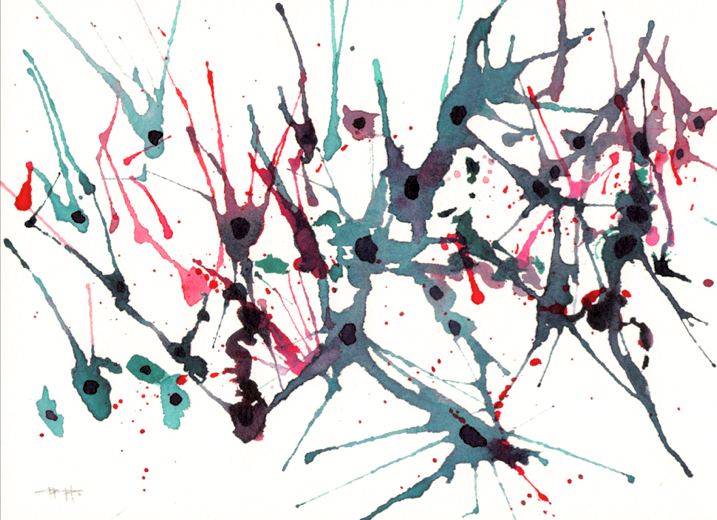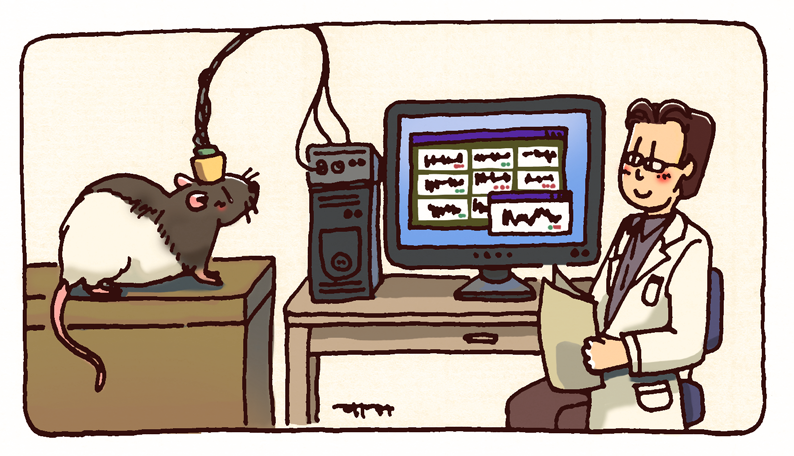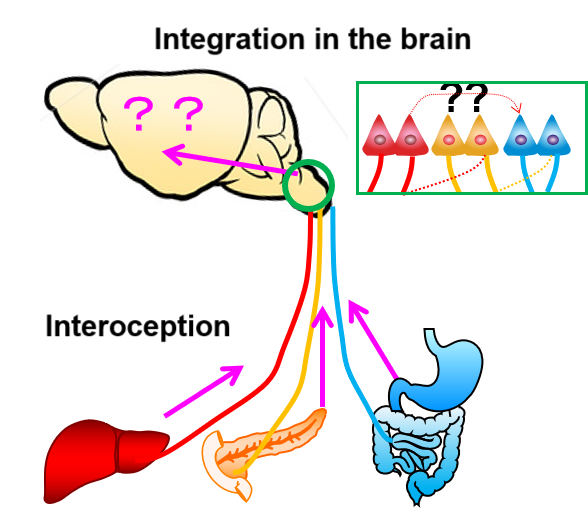Research
Understanding neuronal circuits that control brain functions

Brain functions are realized through the information processing of complex and intricate neural circuits. These neural circuits are composed of various types of neurons, and it is crucial to accurately understand the activity patterns of these neurons. Moreover, the disruption of neuronal circuit can lead to psychiatric and neurodegenerative disorders, but the precise targets of many therapeutic drugs are still unclear. With these issues in mind, we aim to understand neural circuits and discover the mechanisms of memory, emotion, and homeostasis maintenance, as well as the root causes of diseases and potential drug targets.
Fundamental mechanisms of memory, emotion, and homeostasis

Using mice and rats as model animals, we set up various experimental conditions to study memory, emotion, and homeostasis. We implant multiple electrodes and optical devices in various brain regions to decode neuronal signals. Recent research has revealed the activity of neural circuits involved in complex brain physiological functions, such as top-down signals, predictive information processing, and inter-organ networks. We are also studying how these brain functions change in pathological conditions such as mental disorders.
The impact of interoception from peripheral organs on the brain

The brain is closely connected with peripheral nerves, including the vagus nerve, and constantly monitors the physiological state of internal organs. Recent reports have shown that the activation of the vagus nerve can be effective for mental disorders, indicating that interoception from the periphery has a significant impact on brain activity. However, the detailed physiological mechanisms are largely unknown. Using various methods from physiology, neuroscience, and computational science, we aim to understand how interoceptive information from peripheral organs is transmitted and integrated by brain neural circuits, leading to the alterations of emotions and decision-making.
Our research has been featured in Nature topics!
For more details, please visit this page.
